Shoulder Screws 316 Stainless Steel Socket Head Shoulder Screws
Shoulder Screws 316 Stainless Steel Socket Head Shoulder Screws
- Description
- Avis (0)
Description
What Are Shoulder Screws?
Shoulder screws, also known as shoulder bolts or stripper bolts, are specialized fasteners with a cylindrical shoulder (unthreaded section) between the head and the threaded portion. This shoulder provides precise alignment, smooth rotation, or spacing in mechanical assemblies. They are commonly used in machinery, automotive systems, and industrial equipment where precise positioning is required.
Specifications of Shoulder Screws
1. Materials
Stainless Steel (SS304, SS316) – Corrosion-resistant, ideal for food, medical, and marine applications.
Alloy Steel (AISI 4140, 4340) – High strength, often heat-treated for durability.
Carbon Steel (Grade 5, Grade 8) – Common for industrial uses, usually zinc-plated or coated.
Brass – Used in electrical and low-friction applications.
Titanium – Lightweight and strong, suitable for aerospace and high-performance uses.
2. Surface Treatments
Zinc Plating – Improves corrosion resistance.
Black Oxide – Enhances wear resistance and reduces glare.
Nickel Plating – Provides a smooth, corrosion-resistant finish.
Anodizing (for aluminum shoulder screws) – Improves hardness and aesthetics.
PTFE (Teflon) Coating – Reduces friction and prevents galling.
3. Common Sizes & Standards
Diameter (Shoulder): 1/8″ to 2″ (or metric equivalents like M3 to M50).
Length: Varies based on application (e.g., 5mm to 300mm shoulder length).
Thread Types: UNC, UNF, Metric coarse/fine.
Standards: DIN 653, ISO 7379, ASME B18.3.
Applications
Automotive: Suspension systems, gearbox alignment.
Machinery: Pivots, hinges, and rotating assemblies.
Robotics: Joint connections and precision movement.
Medical Devices: Surgical instruments and imaging equipment.
Aerospace: Landing gear and control mechanisms.
Molds & Dies: Ejection systems in injection molding.
Excellent Case: Shoulder Screws in Robotic Arms
Challenge:
A robotic arm manufacturer needed a fastener that could ensure smooth rotation at pivot joints while maintaining precise alignment under high cyclic loads.
Solution:
They used stainless steel (SS316) shoulder screws with a PTFE coating to reduce friction and prevent corrosion. The unthreaded shoulder provided a perfect bearing surface for the robotic arm’s bushings, ensuring smooth movement without play.
Result:
Increased joint lifespan by 40% due to reduced wear.
Improved precision in robotic movements, enhancing assembly line efficiency.
Minimal maintenance required, even in high-humidity environments.




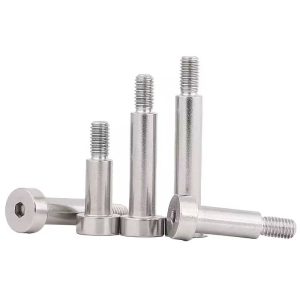

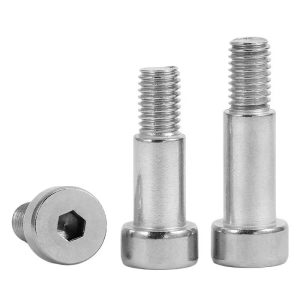
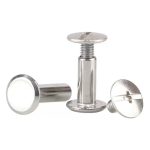

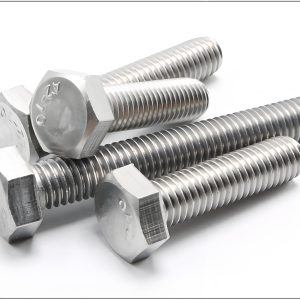
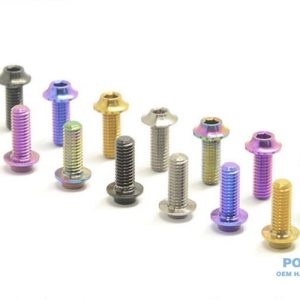
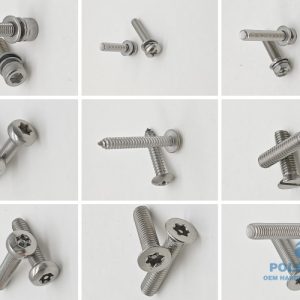




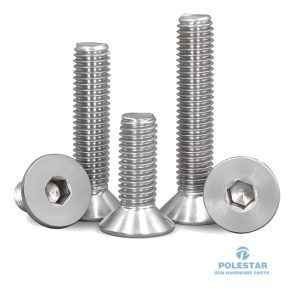
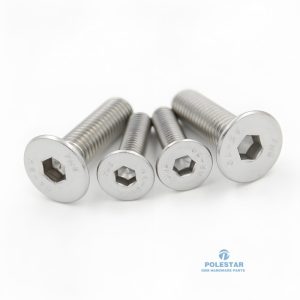
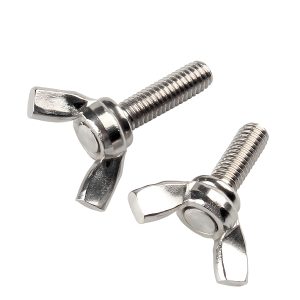
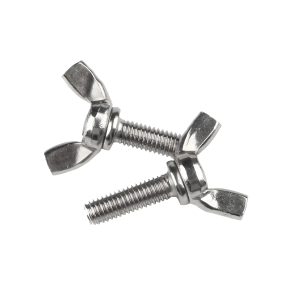

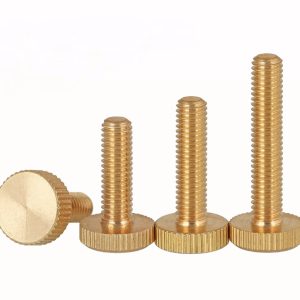
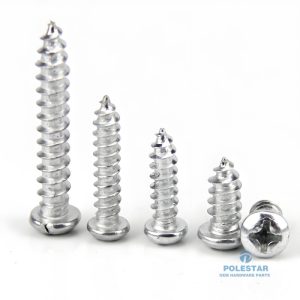


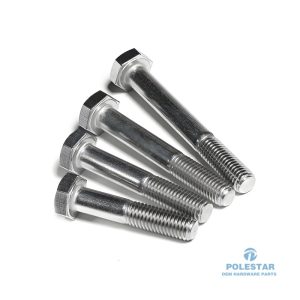
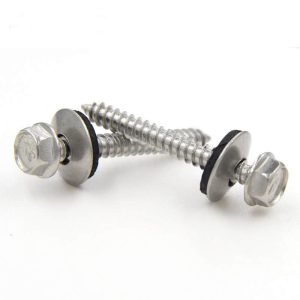

Avis
Il n’y a pas encore d’avis.